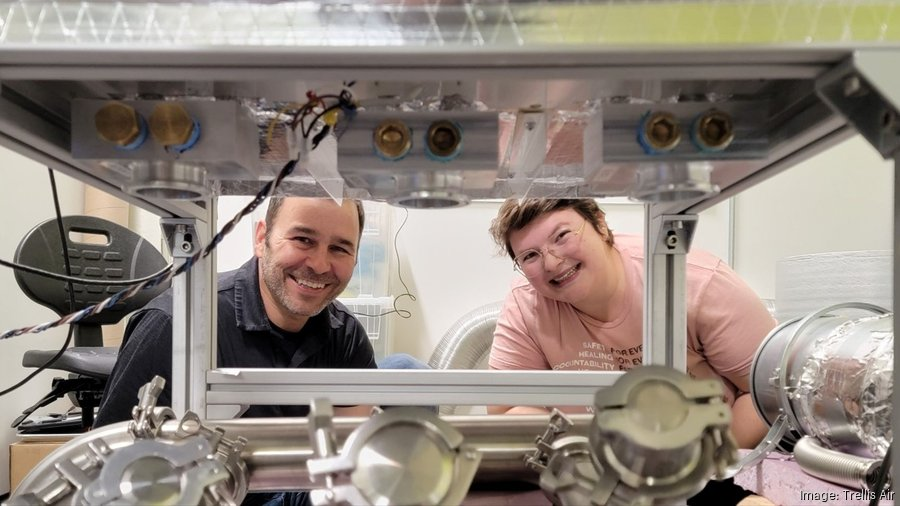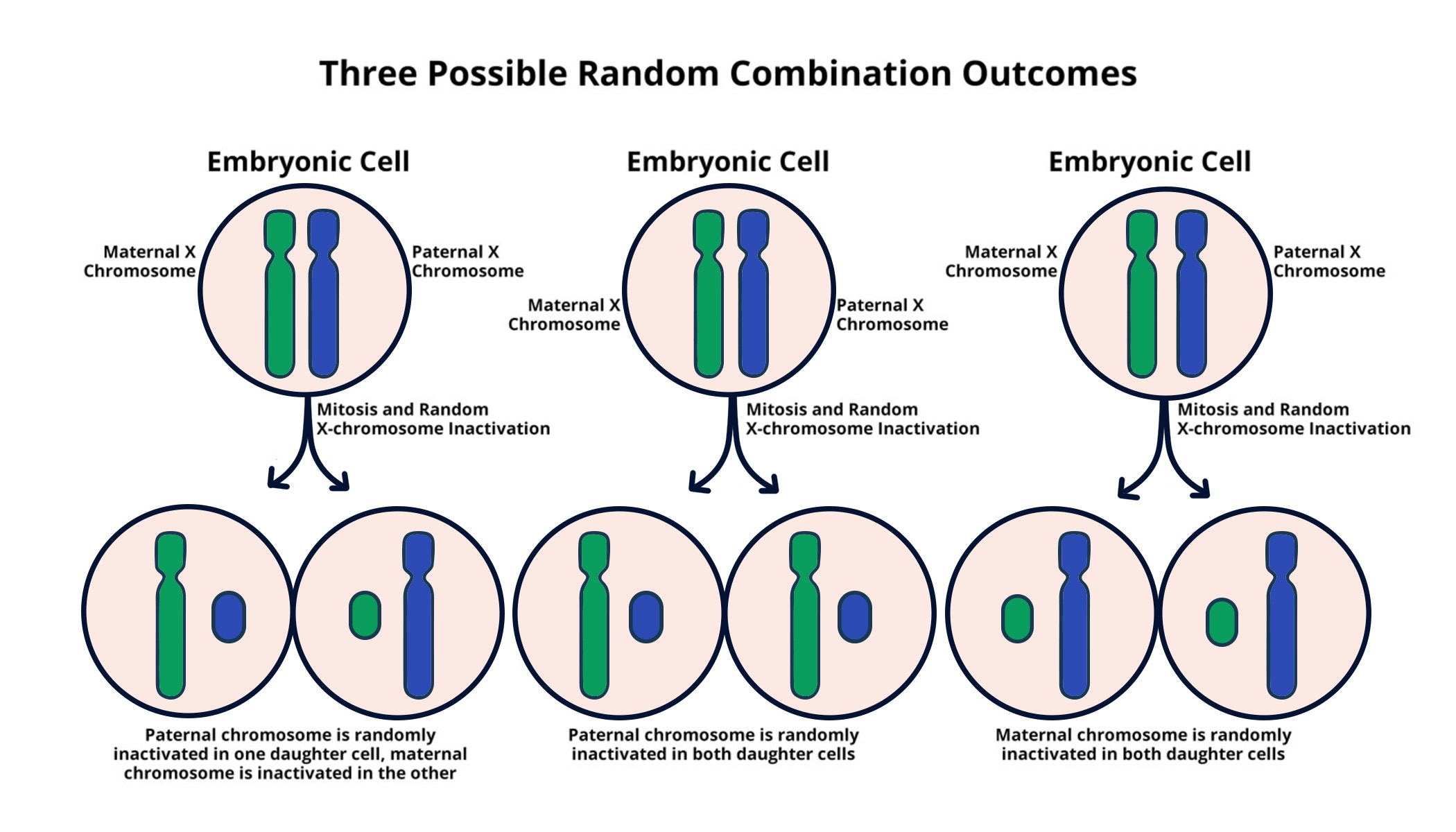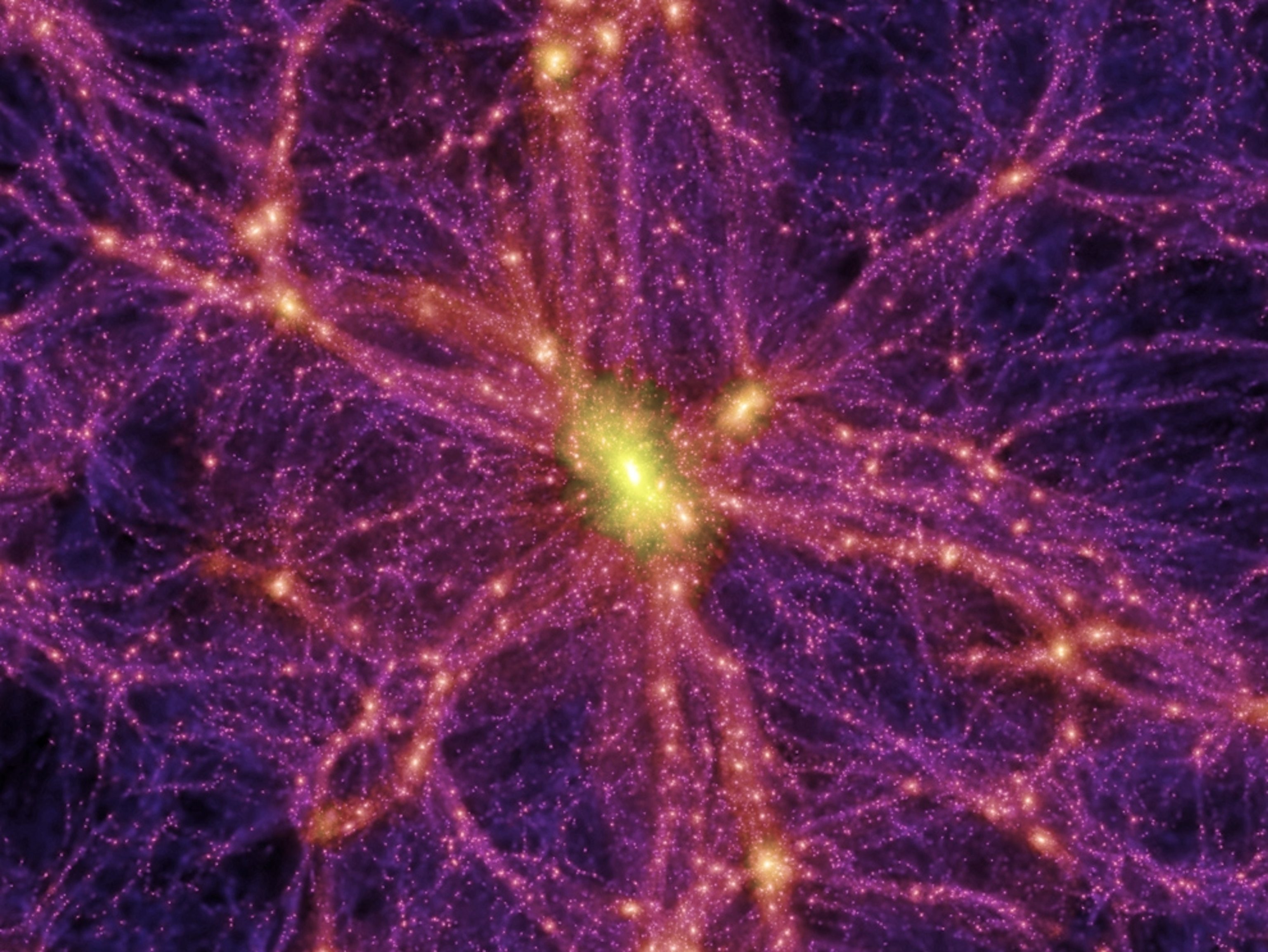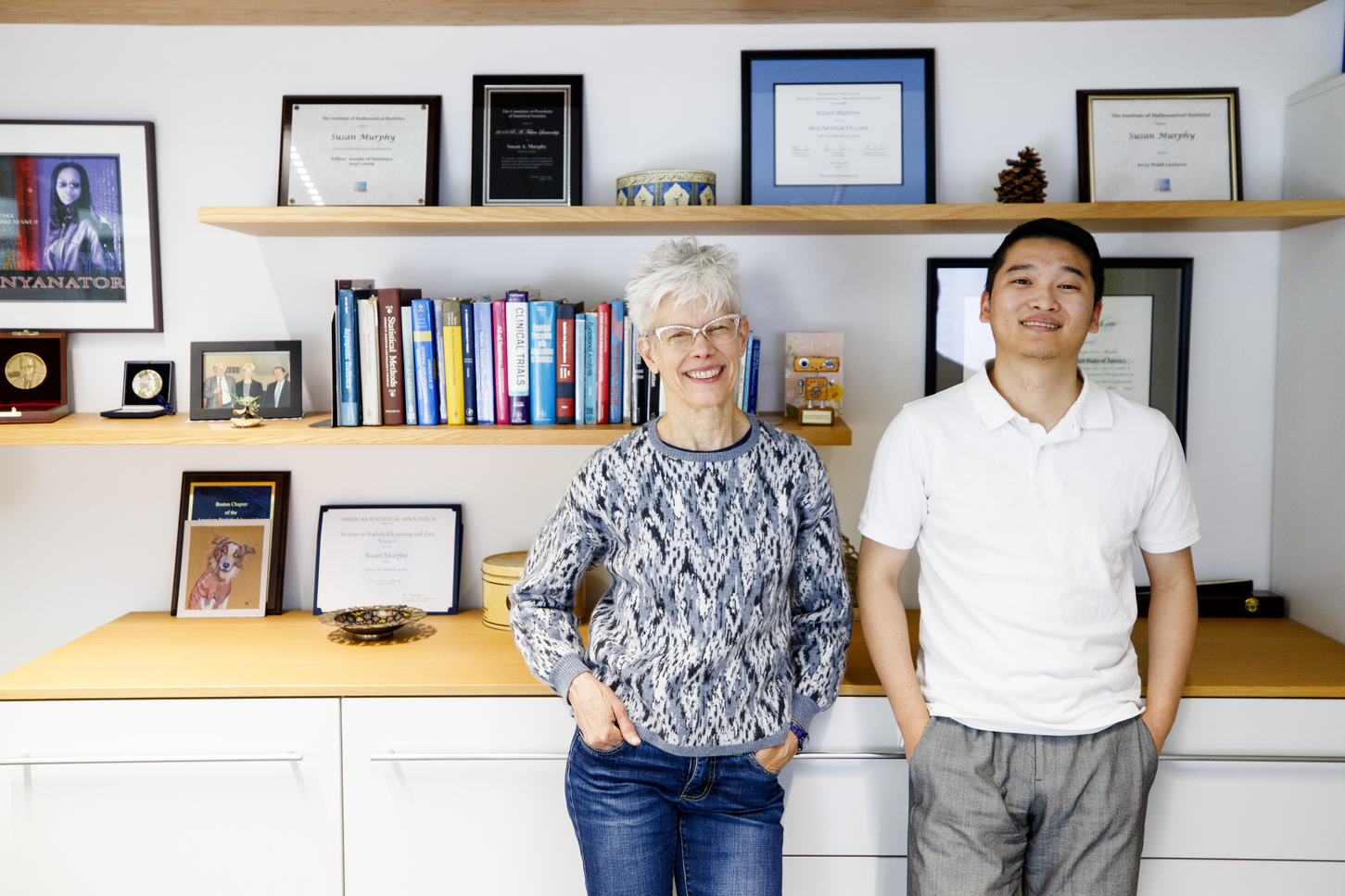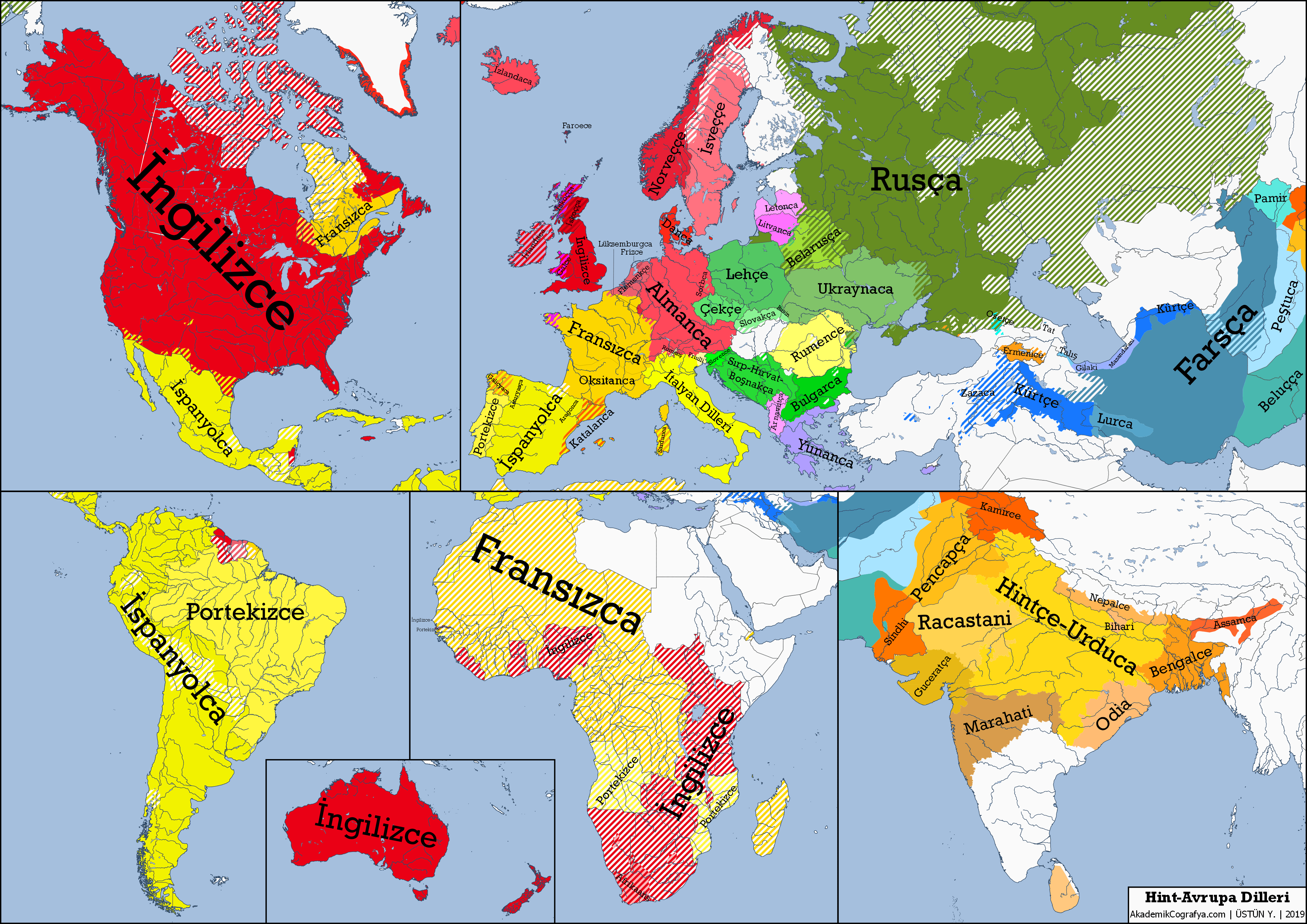
Indo-European Languages: Landmark Studies on Their Origin
Indo-European languages form a vast family that encompasses more than 400 distinct languages, spoken by nearly 40 percent of the global population today. Recent studies in ancient DNA research have traced the origins of these languages back to a group known as the Caucasus Lower Volga people, situated in modern-day Russia around 6,500 years ago. This pivotal discovery sheds light on the genetic history of languages, linking contemporary speakers to the nomadic Yamnaya people who played a vital role in the dispersion of these early dialects. Linguistic scholars have long been intrigued by these connections, considering the influence of the Indo-European languages on cultures across Europe and Asia. As researchers continue to unravel the complexities of this ancient lineage, they illuminate a fascinating chapter in human history, revealing how language and culture evolved and spread over millennia.
The study of these ancient tongues, often referred to as the ancestral languages of Europe and parts of Asia, has captivated linguists and historians alike for centuries. Commonly labeled as the “proto-Indo-European languages,” they represent a linguistic heritage from the Eurasian steppes and beyond, deeply intertwined with the paths of early pastoralist societies. The Yamnaya culture, synonymous with the early spread of these languages, is intrinsically linked to archaeological findings in the region, presenting a backdrop against which the narrative of human migration and cultural evolution unfolds. As ongoing research in ancient DNA continues to provide revelations, scholars are piecing together the puzzle of the linguistic connections that have shaped civilizations in ways both grand and subtle.
The Genetic History of Indo-European Languages: A New Perspective
Recent groundbreaking genetic research has illuminated the origins of the Indo-European languages, tracing their roots back to the Caucasus Lower Volga region in present-day Russia. This area, rich in cultural heritage, played a pivotal role approximately 6,500 years ago when early inhabitants began to mix with neighboring populations, enriching the genetic tapestry that would eventually lead to the emergence of more than 400 Indo-European languages. Studies indicate that this mixing not only shaped the genetic landscape of these early speakers but also facilitated the spread of their language across vast territories, including Europe and parts of Asia.
The fusion of genetic data with linguistic studies has provided scholars with a clearer understanding of how language evolved alongside these ancient populations. The genetic history of the Indo-European languages is marked by significant migrations and interactions, particularly with the Yamnaya people, who were instrumental in disseminating language and culture across Europe. Such research underscores the complexity of language development as a dynamic process influenced by genetic intermingling among diverse groups, challenging previous notions of isolated language origins.
Insights from Ancient DNA Research
Ancient DNA research has transformed the way we view the development of languages and cultures. By analyzing genetic material extracted from archaeological sites, researchers have reconstructed the ancestral lineage of the people who spoke proto-Indo-European languages. This innovative approach not only traces biological ancestry but also correlates it with linguistic evidence, providing a comprehensive view of how language families relate to one another. Findings from the analysis of ancient samples have revealed connections between the Caucasus Lower Volga people and other significant populations, including the Yamnaya and Anatolian speakers.
These advancements in ancient DNA research also highlight the migratory patterns of prehistoric peoples. As the Yamnaya expanded their reach across the Eurasian steppe, they carried their language with them. By establishing genetic links between these migrations and the spread of Indo-European languages, researchers can better understand the mechanisms of cultural transmission. This multidimensional approach, integrating genetics, linguistics, and archaeology, offers insights into the profound impact of these early populations on the development of languages that are still spoken today.
The Role of the Yamnaya People in Language Dissemination
The Yamnaya people have emerged as central figures in the story of Indo-European language dissemination. Renowned for their advanced pastoralist lifestyle, they were not only innovators of technology, such as oxen-towed wagons, but also significant carriers of language. Their movements across the steppes facilitated the spread of languages from their original homeland in the Caucasus Lower Volga to distant regions like Ireland and Mongolia. As they mingled with local populations, the Yamnaya significantly influenced the linguistic landscape of Europe, establishing the cultural foundations that would define various European languages.
The legacy of the Yamnaya did not stop at their immediate descendants. Their interactions with other groups led to profound changes in both culture and language. As they migrated, they encountered diverse tribes, which resulted in a rich blend of linguistic elements. This cultural exchange can be traced through both archaeological findings and genetic markers, elucidating a clearer picture of how the Yamnaya facilitated the evolution of various Indo-European languages. Understanding their role not only highlights the significance of nomadic pastoralists in language history but also challenges us to consider the complexities of cultural interplay across ancient civilizations.
Understanding the Steppe Hypothesis: A Linguistic Framework
The steppe hypothesis has long been a dominant scholarly framework for explaining the origins of Indo-European languages, positing that these languages originated from a specific group of pastoralists in the Eurasian steppes. This hypothesis gained traction in the 19th century, drawing upon linguistic similarities and archaeological evidence to suggest that speakers of proto-Indo-European languages inhabited regions that now encompass Russia and Ukraine. The recent DNA findings provide compelling support for this theory, confirming that the Caucasus Lower Volga people were indeed part of this linguistic lineage.
However, the complexity of migratory patterns and genetic mixing has led researchers to refine the steppe hypothesis. As genetic evidence becomes increasingly detailed, it sheds light on additional layers of interaction between ancient populations and their languages. Understanding these nuances contributes to a more comprehensive picture of language evolution and demonstrates that the beginnings of Indo-European languages were influenced by not just one singular group, but a complex tapestry of interactions among various peoples over millennia.
Cultural Traditions and Burial Practices of Indo-European Speakers
Cultural practices surrounding death provide crucial insights into the lives of early Indo-European speakers. The Yamnaya people, for instance, are known for their distinct burial method using kurgans—large earth mounds constructed over graves. These burial sites not only signify the importance of commemorating the dead but also offer valuable archaeological data regarding the social structures and cultural practices of ancient communities. The similarities in burial traditions across the Caucasus and broader steppe region suggest a shared cultural heritage that may have been transmitted along with language.
Investigations into these burial practices reveal enduring traditions among Indo-European languages that emphasize the significance of kinship and community. The continuity of these practices provides context for the transmission of language and culture among migrating populations. As the Yamnaya spread across Europe, they carried with them not just their language but also their customs, shaping the cultural landscape of subsequent generations. This interplay between burial customs and language highlights the multifaceted nature of cultural identity among early Indo-European speakers.
Interaction Between Genetics and Language in Historical Context
The intersection of genetics and language has opened new avenues for understanding historical human interactions. Recent studies of ancient DNA have uncovered complex genealogical relationships among populations that spoke Indo-European languages. As geneticists analyze DNA from archaeological sites, they reveal how migration patterns influenced language development, illustrating the impact of demographic shifts on linguistic diversity. This fusion of genetic and linguistic studies is reshaping our comprehension of how languages evolve in response to human movement and cultural exchange.
Understanding these interactions is pivotal in reconstructing the timeline of language evolution. As peoples migrated and settled, they not only shared genes but also cultural practices and linguistic elements. The findings pertaining to the Caucasus Lower Volga people and their connections to the Yamnaya elucidate a profound relationship between genetics and language—one that highlights the adaptive nature of human communication. The genetic footprints left by these ancient populations continue to inform modern linguistics, showcasing a dynamic interplay that has shaped language across generations.
The 21st Century: A Revolution in Linguistic Studies
The advent of advanced techniques in ancient DNA analysis has revolutionized linguistic studies in the 21st century. Researchers are now equipped to integrate genetic findings with traditional linguistic and archaeological methodologies, allowing for a more nuanced exploration of language origins. This synergy is particularly evident in the exploration of Indo-European languages, where recent studies have identified genetic markers linking the Caucasus Lower Volga people to various Indo-European language families, revealing a rich narrative of migration and cultural exchange.
This revolution in understanding extends beyond the historical context of language origin; it has far-reaching implications for contemporary discussions on language diversity and preservation. As modern linguists delve into the genetic history of languages, they can glean valuable insights into the factors driving language change and retention. By acknowledging the intertwined nature of genetics and language, scholars can work towards a more holistic appreciation of the world’s linguistic heritage, fostering efforts to document and revitalize endangered languages.
Linguistic Reconstruction and Archaeological Evidence
Linguistic reconstruction techniques have historically depended on comparative methods to infer the features of proto-languages. However, recent archaeological findings, including tools, pottery, and burial sites, have provided tangible evidence that corroborates these linguistic theories. Analyzing the material culture left behind by the Caucasus Lower Volga people enhances our understanding of the socio-cultural contexts in which these languages developed. This integrative approach underscores the importance of archaeological evidence in reinforcing—or challenging—linguistic hypotheses about the origins of the Indo-European family.
The convergence of linguistic reconstruction with archaeological evidence enriches the narrative of human history. For instance, the discovery of the Yamnaya kurgans has provided a framework through which researchers can better understand the social and cultural frameworks within which early Indo-European languages thrived. By examining how language and culture are interwoven, scholars are painting a more comprehensive portrait of human history—one that acknowledges the dynamic interplay between language development, migration, and cultural exchange.
Current Challenges in Research of Indo-European Languages
Despite the significant advancements made in understanding the origins of Indo-European languages, researchers face challenges posed by geopolitical factors and the inherent complexities of ancient populations. The ongoing conflict in Ukraine has complicated collaborative research efforts between scholars from Russia and Ukraine, limiting the ability to share crucial data that could further illuminate the linguistic lineage of these languages. As the global community continues to grapple with tensions, the pursuit of knowledge in this field reflects both the difficulties and the resilience of academic inquiry.
Moreover, the diverse interpretations of genetic evidence can lead to debates among scholars regarding the implications for linguistic development. Discrepancies in data from different regions may create confusion about the relationships between various Indo-European languages. Researchers must navigate these complexities with careful analysis and open dialogue to enhance our understanding. Addressing these challenges is essential for building a comprehensive picture of the historical narratives surrounding the origins and evolution of Indo-European languages.
Frequently Asked Questions
What is the origin of the Indo-European languages according to recent studies?
Recent studies indicate that the origin of Indo-European languages can be traced back to the Caucasus Lower Volga people in present-day Russia, around 6,500 years ago. These researchers used DNA evidence to link these ancient speakers to a common ancestor language that subsequently spread across Europe and parts of Asia.
How did the Yamnaya people contribute to the spread of Indo-European languages?
The Yamnaya people, who emerged from the Eurasian steppes, played a crucial role in disseminating Indo-European languages. They began expanding their territory and culture approximately 5,000 years ago, moving from the region north of the Black and Caspian seas to as far as Mongolia in one direction and Ireland in the opposite, carrying their language and cultural practices with them.
What role does ancient DNA research play in understanding the genetic history of languages like Indo-European?
Ancient DNA research has revolutionized the study of language origins, including Indo-European languages. By analyzing genetic material from ancient populations, researchers have established clear links between the genetic ancestry of historical groups such as the Yamnaya and the Caucasus Lower Volga people, providing a genetic framework that complements linguistic evidence.
What evidence supports the steppe hypothesis regarding Indo-European languages?
The steppe hypothesis is supported by a combination of linguistic similarities among languages like Latin, Greek, and Sanskrit, along with archaeological findings and ancient DNA studies. Recent genetic analyses have provided substantial evidence that the Yamnaya people and their ancestors were instrumental in the early development and spread of Indo-European languages across various regions.
What cultural practices did the early speakers of Indo-European languages share?
Early speakers of Indo-European languages, notably the Yamnaya, shared significant cultural practices, such as burial traditions in kurgans (large earthen mounds) and nomadic pastoralism, which facilitated their mobility and distribution of language. These cultural traits, along with their language, formed a cohesive identity as they migrated across vast territories.
How has the understanding of Indo-European languages evolved with modern genetic studies?
Modern genetic studies have significantly deepened our understanding of Indo-European languages by integrating linguistic research with genetic data. They have clarified the connections between diverse language groups and their ancestral populations, highlighting the role of ancient societies, especially those from the Caucasus Lower Volga region, in shaping the evolution of these languages.
Why is the Caucasus Lower Volga region significant in the study of Indo-European languages?
The Caucasus Lower Volga region is significant because it is identified as the original homeland of the Indo-European languages, as determined by recent DNA evidence. This area is where the early speakers of the ancestor language, who likely influenced a vast linguistic family, lived and later mixed with other groups, thereby laying the groundwork for the spread of these languages worldwide.
What findings did the studies reveal about the genetic history of languages?
The studies revealed that the genetic history of languages like Indo-European is intertwined with the migration and mixing of ancient populations. Specifically, they found that the Caucasus Lower Volga people, the Yamnaya, and related groups contributed genetically to populations across Europe and into the Indian subcontinent, creating a unified genetic narrative for the spread of Indo-European languages.
| Key Points | Details |
|---|---|
| Origin of Indo-European Languages | Identified as originating from Caucasus Lower Volga people in present-day Russia, approximately 6,500 years ago. |
| Significance of Research | The studies provide a genetic link bridging linguistic history, supporting the long-standing steppe hypothesis about the dissemination of Indo-European languages. |
| Cultural Impact | Yamnaya culture, which is linked to the spread of Indo-European languages, involved advanced pastoral practices and mobility. |
| Genetic Findings | Research utilized DNA evidence from 354 ancient individuals at various archaeological sites in Russia and Europe, aligning genetic results with linguistic hypotheses. |
| Additional Research | Further studies reveal connections between Caucasus Lower Volga people and ancient Anatolian populations. |
Summary
Indo-European languages have a significant historical presence, spoken by over 40% of the global population today. Recent groundbreaking research sheds light on their origins, pinpointing the Caucasus Lower Volga people in historically rich regions of present-day Russia as the key developers of this extensive language family. The genetic and archaeological evidence gathered illuminates the paths of diffusion for these languages, marking a pivotal moment in understanding the interconnectedness of cultures across Eurasia.

